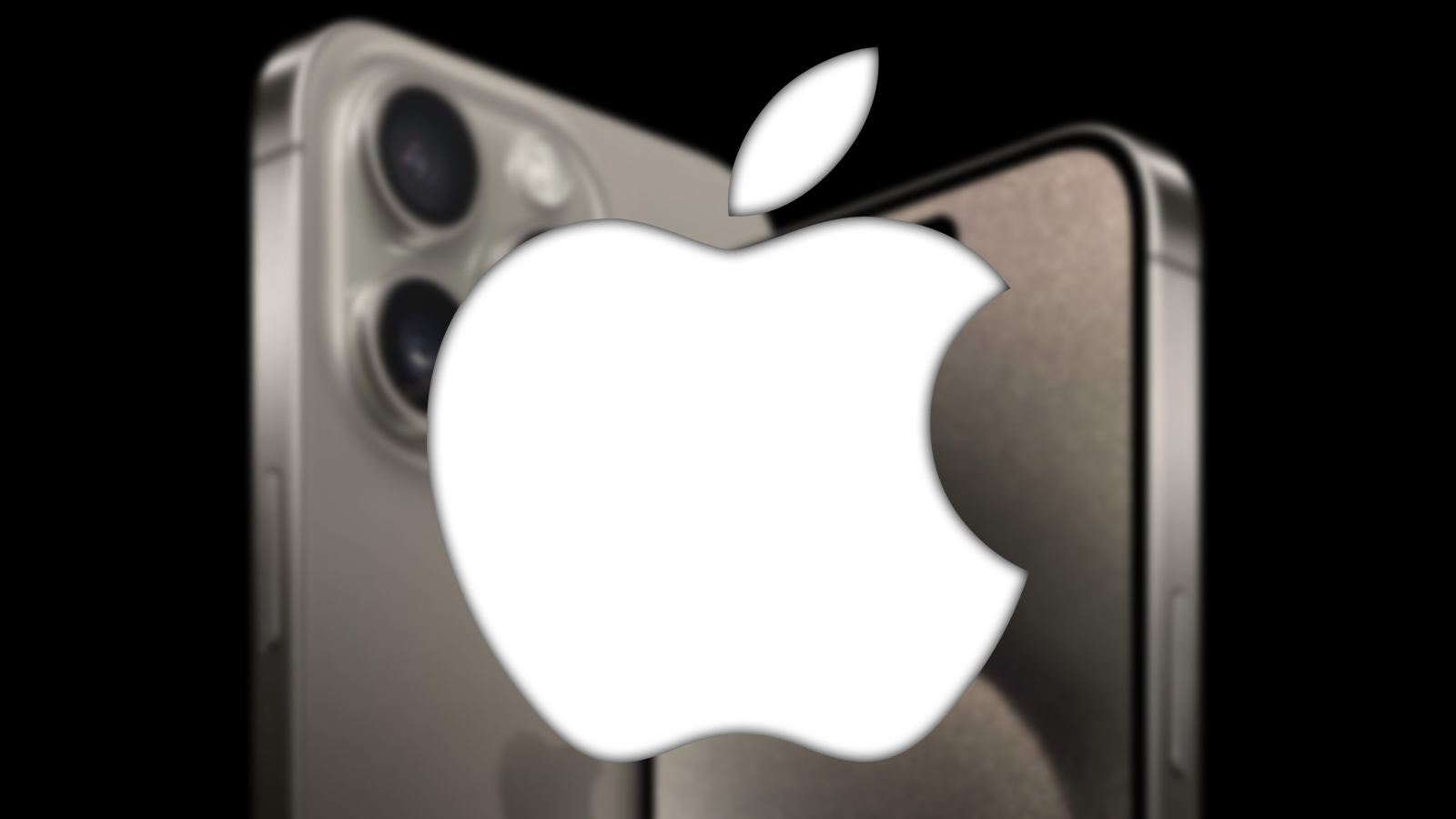Today marks a new chapter for Apple‘s smartphone lineup, with the introduction of the iPhone 15 Pro and its sibling, the iPhone 15 Pro Max. These devices come equipped with a blazing-fast processor, a shift towards premium materials, and, perhaps most significantly, a transition from the traditional Lightning connector to a USB-C port. These premium models share the spotlight with the standard iPhone 15, iPhone 15 Max, Apple Watch Series 9, and Apple Watch Ultra 2 in this September 2023 event.
Regrettably, the event didn’t bring about a major redesign of the iPhone, signaling Apple‘s intent to prioritize internal improvements over aesthetic changes this time around.
For the Pro models, Apple has swapped stainless steel for titanium, a lighter yet more robust and corrosion-resistant material. The polished, brushed side rails lend a stunning look, and the overall build boasts an IP68 certification for dust and water resistance.
Apple has also reduced bezel sizes and reorganized internal components, improving reparability, especially for screen replacements. The traditional mute switch is replaced with a mute button that offers customizable shortcuts.
The display maintains the Super Retina XDR OLED technology with a 120Hz adaptive refresh rate. The iPhone 15 Pro features a 6.1-inch display with a resolution of 2556 x 1179 pixels, while the Max variant boasts a 6.7-inch panel with a resolution of 2796 x 1290 pixels. The familiar pill-shaped Dynamic Island remains, along with an impressive peak brightness of 2,000 nits.
At the forefront of major upgrades is the A17 Pro processor under the glass and metal chassis. It’s the world’s first smartphone system-on-a-chip (SoC) based on TSMC‘s cutting-edge 3nm fabrication process. This transition to a smaller 3nm process translates to higher silicon density, resulting in a significant boost in raw performance and energy efficiency. The A17 Pro houses two performance cores and four efficiency cores, with the Neural Engine doubling its speed. The enhanced 6-core GPU is 20% faster and supports hardware-accelerated ray tracing for improved graphics in demanding tasks. This raw power allows console-grade games like The Division: Resurgence and Resident Evil: Village to run seamlessly on the iPhone 15 Pro.
Notably, the USB-C port on the iPhone 15 Pro models adopts the USB 3.0 standard, promising lightning-fast data transfer speeds of up to 10 gigabits per second.
In terms of camera technology, Apple has focused on sensor improvements and software enhancements rather than increasing megapixel counts. The triple-camera setup includes a 48-megapixel primary snapper with optical stabilization and a 12-megapixel sensor for ultrawide photography. The standout upgrade is the zoom camera, offering 5x optical zoom compared to the previous generation’s 3x optical and 15x digital zoom. Apple has integrated autofocus and optical stabilization into a single 3D stack, capable of making 10,000 micro-adjustments per second, resulting in more stable videos and sharper photos, even with shaky hands.
The iPhone 15 Pro also introduces features like Spatial Videos, ProRes video recording (4K at 60 frames per second) with external storage support, and macro photography with the ultrawide camera. Improved night mode performance and enhanced HDR output further enhance the camera capabilities. Content creators (like Kid Behind a Camera) will appreciate the ability to capture and seamlessly transfer 48MP ProRAW images to Mac devices.
The iPhone 15 Pro and its Max variant come in various titanium finishes, including white, blue, and natural titanium. Storage options range from 128GB to a whopping 1TB. The iPhone 15 Pro starts at $999 for the 128GB model, while the iPhone 15 Pro Max begins at $1,199 with 256GB of storage.
Preorders for the iPhone 15 Pro and Pro Max begin on September 15, with general availability starting on September 22 in the U.S. and several other markets.













